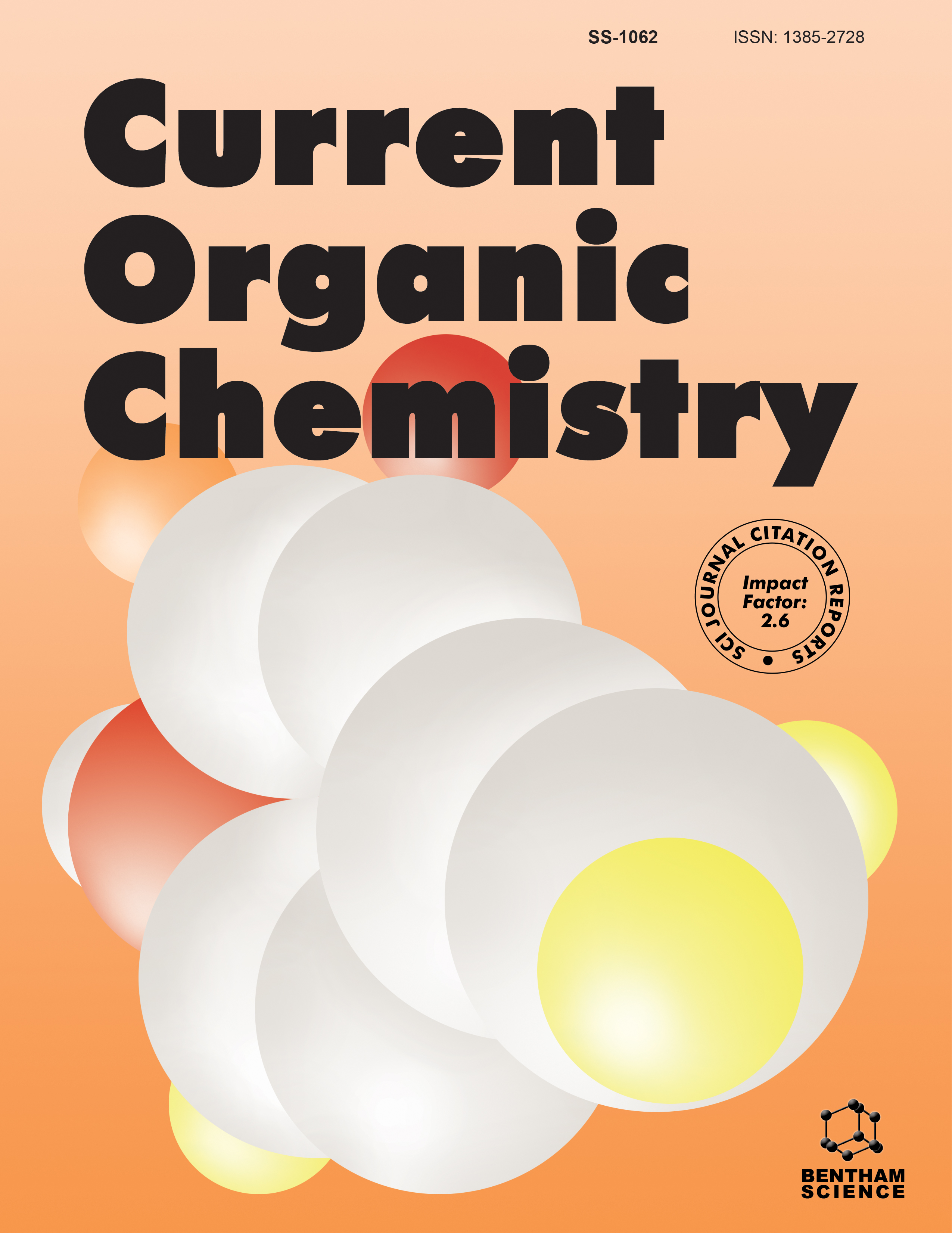-
oa Editorial [Hot topic: Multicomponent Reactions (Guest Editor: Dr. Xu-Feng Lin)]
- Source: Current Organic Chemistry, Volume 14, Issue 4, Feb 2010, p. 331 - 331
-
- 01 Feb 2010
- Previous Article
- Table of Contents
- Next Article
Abstract
During the past decades, many novel multicomponent reactions (MCRs) have been added to the chemist's armamentarium and successfully applied to all fields of organic chemistry. By virtue of their inherent convergence and high productivity, together with their exploratory and complexity-generating power, MCRs have naturally become a rapidly evolving field of research and have attracted the attention of both academic and industrial scientists.The literature of multicomponent reactions is extremely wide but I do hope that these four reviews piled up in the issue will supply new and relevant information for many chemists working in the field of synthetic organic chemistry. The first review was written by Prof. Yadav on the topic of multicomponent reactions using Indium(III) Salts. Indium metal salts emerged as potent tools to achieve various functionalized molecules through multi-component reactions. Their review focuses the recent developments regarding the Indium(III) salts catalysed multicomponent reactions. This compiled reactions include amino Diels-Alder reactions, imino Diels-Alder reactions, oxa-Diels-Alder reactions, reactions of sugars and named reactions. The second review came from Prof. Lavilla' group. They provide a detailed overview on the mechanistic variations of the Povarov multicomponent reaction and related processes. The Povarov reaction is a multicomponent process involving anilines, carbonyl compounds and activated olefins to afford terahydroquinolines. The mechanism of this domino reaction comprises a sequence of steps linking imine formation, a Mannich-type reaction and an intramolecular aromatic electrophilic substitution. In their contribution, they are discussing the scope of the methodology, with a particular emphasis on mechanistic variations, new synthetic inputs, reaction modes, structural diversity originated from this process and its applications to organic chemistry. The third review has been provided by Prof. Tu on the topic of microwave-assisted multicomponent reactions in the heterocyclic chemistry. The MW-assisted MCRs offer rapid and efficient procedures for the introduction of many points of structural diversity into heterocyclic compounds prepared in a straightforward manner in a single synthetic step. In many cases, MW-assisted MCRs offers considerable improvements in selectivity, chemical yield and purity and constitutes a very simple and extremely rapid method to access a diverse range of heterocyclic motifs. Their review focuses recent developments in MW-assisted MCRs for the construction of five-, six-, and seven-membered heterocyclic skeletons as well as dicyclic system. The last review was contributed by Prof. Xia. The current review comprises 166 references and covers extensively the multicomponent synthesis of cyclic frameworks on Knoevenagel-initiated domino reactions from recent publication. In their contribution, they presents the exhaustively collected examples of Knoevenagel-initiated muticomponent domino reactions in the last decade in order to describe the comprehensive profile of such important synthetic strategy. It has been a pleasure to be involved as a Guest Editor of this multicomponent reactions issue of Current Organic Chemistry. I would like to thank all of the authors contributing to this special issue for their valuable work, their patience and understanding. I am sure that their contributions will be noticeable for many organic chemists and help the development of the chemical science.


